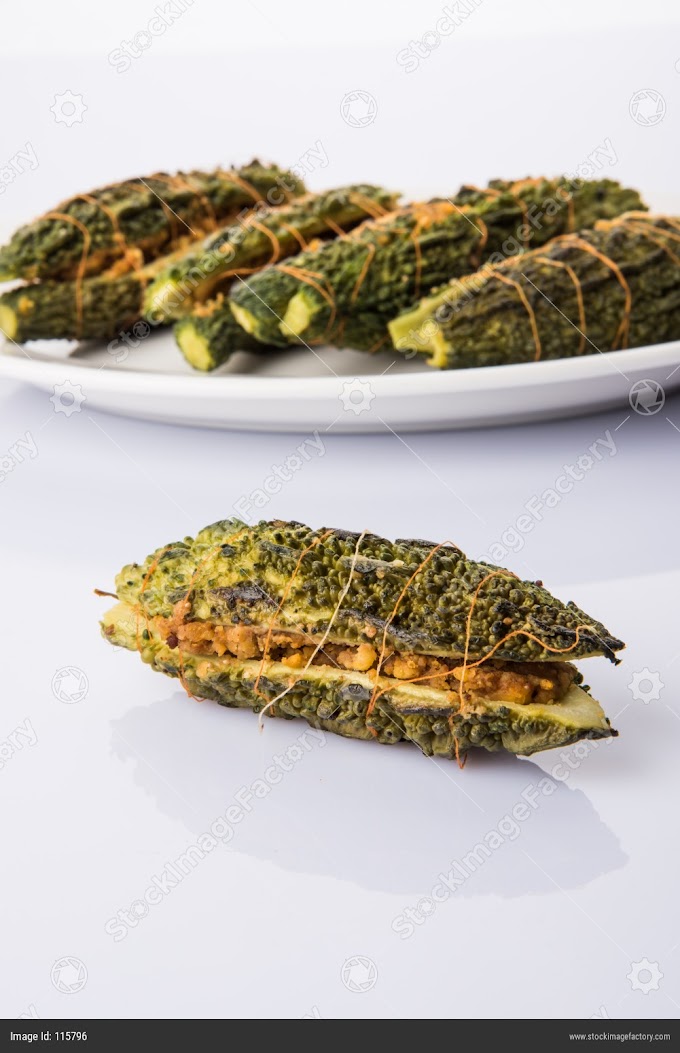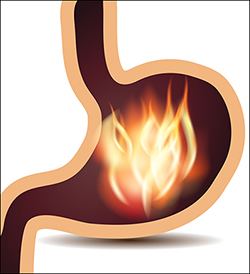Concept of Ayurvedic Ritucharya)Seasonal Regimen [Ritucharya]
By Dr kavita vyas (Ayurved acharya)
 |
Ritucharya introduction |
It is a well known fact that different atmospheric changes take place due to changes of season. These changes in the atmosphere affect all living beings. Some changes are beneficial while others are detrimental. In order to achieve maximum benefits from the good qualities of the atmosphere and protection from the bad effects, Ayurveda has prescribed certain rules in regard to diet, behavior and medicines called seasonal regimen or ‘Ritucharya’.
All the activities in the universe are governed by two energy principles hot and cold. Based on this concept the entire time span of the year has been divided in to two parts1) Accumulation Period [Adana Kala] & 2) Release Period [Visarga Kala]
1)Accumulation Period [Adana Kala]
In India the northern course of the Sun, period from the winter to the summer is called as Uttarayana or Aadana kala [Shishir ritu, Vasanta ritu and Grishma ritu] Aadanakala-In this period sun takes moisture from the earth so dryness increases in the atmosphere and the body. In the Aadana [taking] period, nature takes away energy and strength from all living beings because increasing heat of the sun imparts hot and dry qualities to living beings as well as to plants. During this period, the green grass supply is scanty and consequently animal products and dairy products are not supplied sufficiently. Their quality is not very nutritious either. Due to extreme heat, the natural decomposition of food stuff is faster. This increasing heat reduces the strength of all individuals and also lowers the appetite. The grains vegetables or herbs that grow during this period have predominantly bitter, pungent and astringent tastes. The incidence of disease is more frequent.
 |
Dosha and Ritu |
2)Release Period [Visarga Kala or Dakshinayan] ]
In India the southern course of the Sun, period from the summer to the winter solstice is called as Dakshinayana or Visarga kala [Versh ritu, Sharad ritu and Hemanta ritu]. Dakshinayana [Visarga kala],In this period due to clouds and rain Sun causes less heat on earth, so the strength of living beings increases.
During the Visarga [Giving] Period, nature gives energy and strength to all living beings because in this period there is a dominance of the moon and the principle of cold. Hence the strength of creatures increases along with their appetite. In plants, predominantly sour, salty and sweet tastes are found. As immunity or resistance to diseases increases during this period, people at large do not suffer from diseases and their health is maintained. The food that is available during this period is also more nourishing since the natural process of decay is not as fast as it is in the extreme hot season. As a result of this the whole environment enhances the possibilities of better tissue building.
Seasons Months according to Hindu calendar (approx Months according to English calendar)
1. Shishir ritu-[Late winter] -Magha,Phalguna (January-February)
February-March)
2. Vasanta ritu[Spring] -ChaitraVaishakha (March-April
April-May)
3. Grishma ritu[Summer] -Jyeshatha,Aashada (May-June
June-July)
4. Versha ritu
[Rainy season] Shravana,Bhadrapada
( July-August
August-September)
5. Sarata ritu[pre winter] -Asvina,Karthika (September-October
October-November)
6. Hemant ritu[Early winter]
- Margasirsha,Pausha
( November-DecemberDecember-January)
See below youtube video
Links of Articles related to all 6 ritus food and life style.


![ACHARA RASAYAN in Ayurveda [Behavioural regimen which acts as Rejuvenation]](https://blogger.googleusercontent.com/img/b/R29vZ2xl/AVvXsEgWmm8CupFTu_vyWDtEsY9EdG8A-ZlQLOdx6lrm4qnctDJ1bli1zR7MQMebwL79XhXowikAcqIk-al0sQubhTttS6H69e3zIBK-UORc5BFH9eaWwkznPG-yWHqoQ-za1gNhVqwgwomwUiKA/w680/Screenshot_20191227-154658_YouTube.jpg)

0 Comments